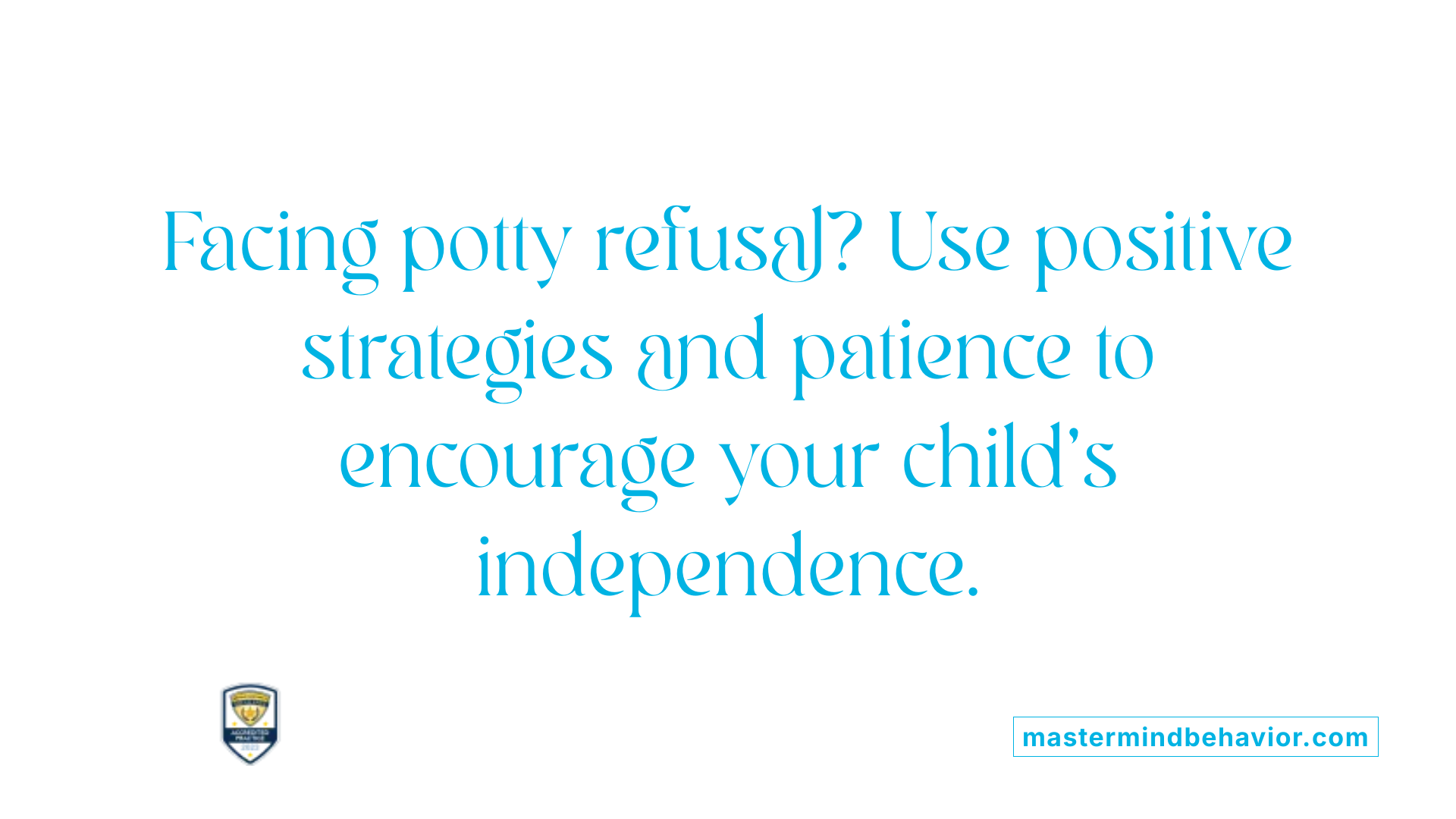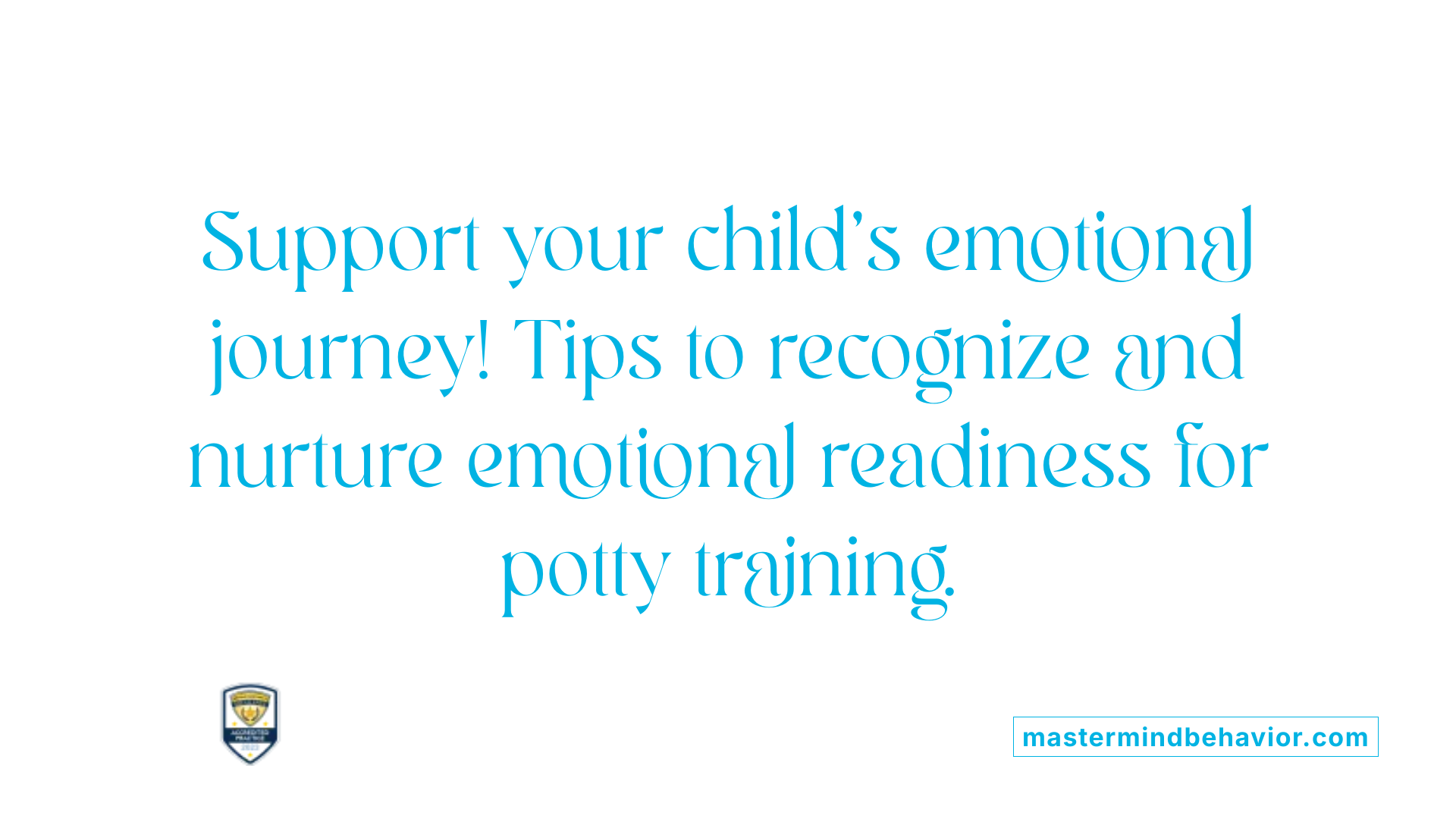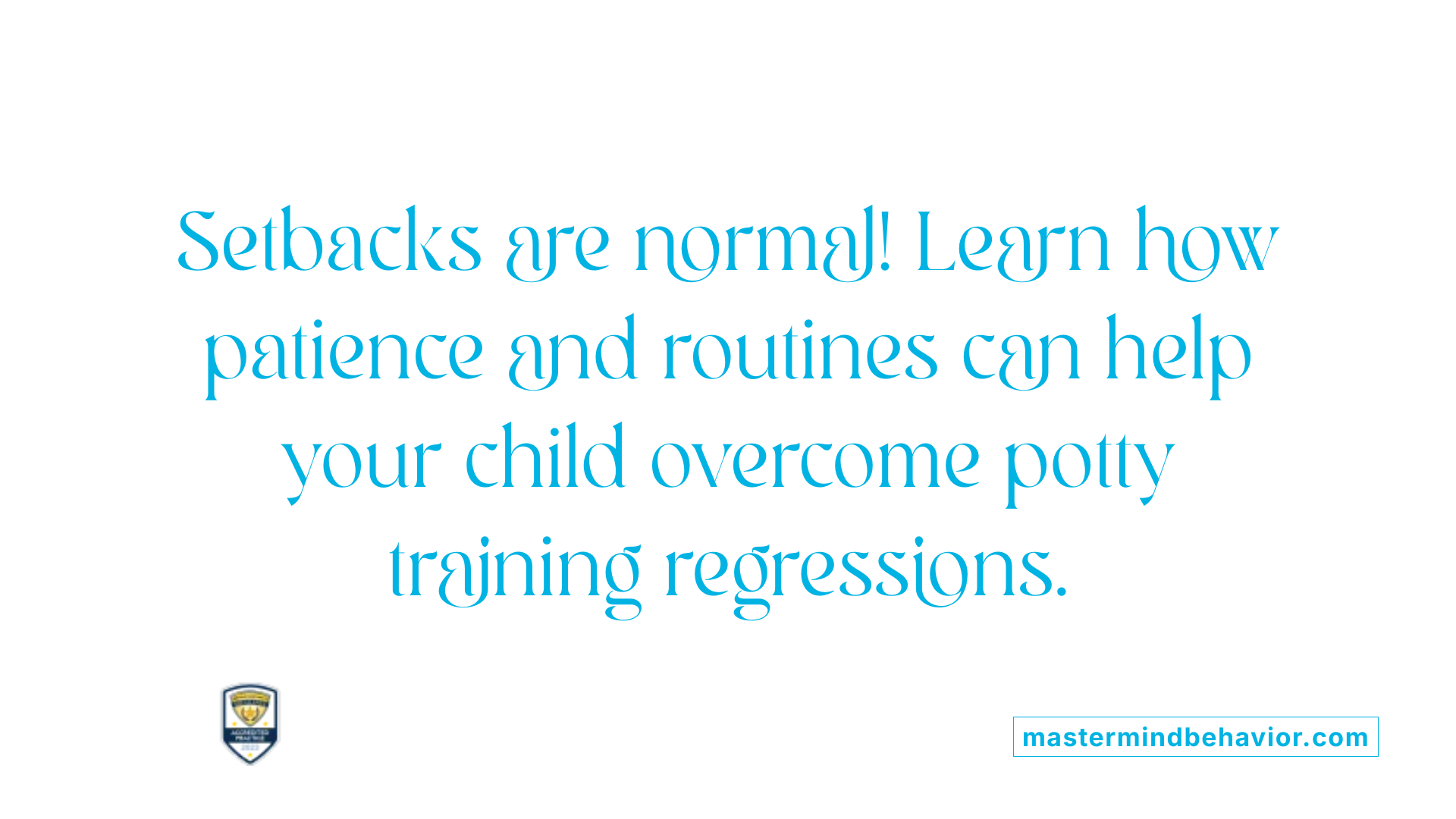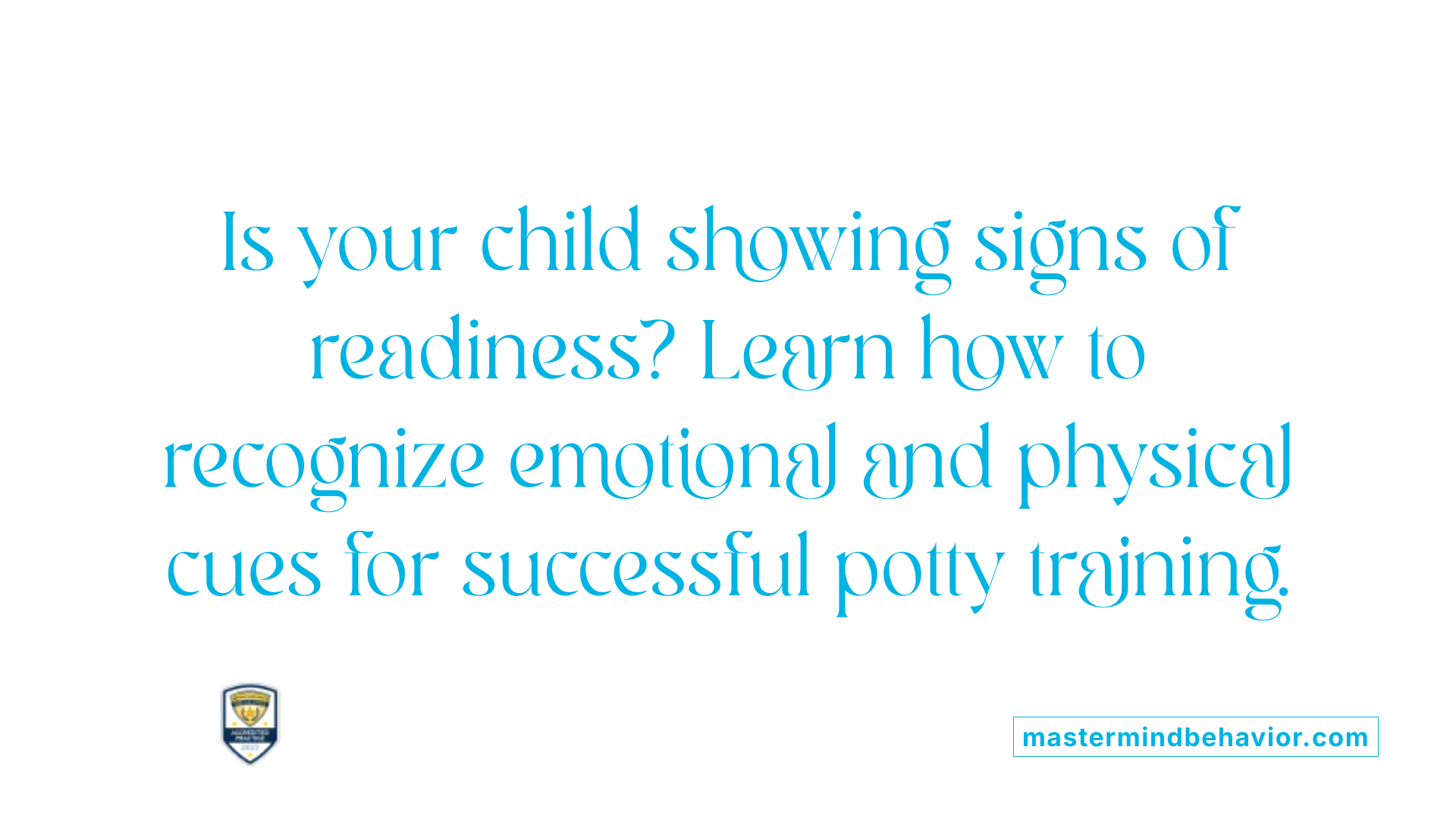Understanding the Complexities of Potty Training Challenges
Potty training is a significant developmental milestone that can sometimes be fraught with challenges. From refusal and resistance to regression and emotional setbacks, parents often face a variety of obstacles. By understanding the underlying causes and employing effective strategies, caregivers can facilitate a smoother, less stressful transition for their children. This article explores comprehensive approaches to managing common problems in potty training, focusing on emotional readiness, behavioral management, medical considerations, and practical techniques suitable for children aged 4 to 5.
Identifying Common Problems in Potty Training and Solutions
What are common problems faced during potty training and their solutions?
Potty training can come with various challenges that often require patience and understanding. Some of the most common issues include refusal to sit on the potty, toileting anxiety, regression after initial success, daytime and nighttime accidents, and reluctance to use public or unfamiliar toilets.
Children may resist sitting on the potty due to fear, discomfort, or lack of readiness. To address this, ensure their feet are stable and use toys, books, or demonstrations to make the experience positive. Positive reinforcement like praise or rewards can motivate children to try.
Anxiety and fears about toileting are common, especially if a child associates pain or discomfort with bowel movements or urination. It's important to rule out medical issues like constipation or infections, which can cause pain. Creating a reassuring environment and using gentle routines help reduce fear.
Regression may happen after a period of successful training, often triggered by changes such as moving to a new home, a new sibling, or family stress. Respond with calm support, reassure the child, and revisit familiar routines. Sometimes taking a break for a month before trying again rebalances the process.
Daytime accidents are normal until the bladder fully develops, generally by age 4 or 5. Using waterproof covers and encouraging regular bathroom visits help manage this. Nighttime bladder control usually takes longer, with many children remaining wet until age 6 or older. Patience and supportive routines are essential.
Many children resist using toilets in unfamiliar places or public restrooms due to fear or discomfort. Developing familiarity through trips to public toilets, using familiar potty seats, and encouraging observation and practice at home can help ease these fears.
Managing these problems involves a combination of patience, positive reinforcement, routine, and support. Avoid pressure, punishment, or shaming, as these can exacerbate anxiety or resistance. Consulting healthcare providers when medical concerns or persistent issues arise ensures the child’s well-being.
Creating a supportive environment and understanding the emotional and physiological factors behind these challenges significantly increases the likelihood of successful potty training.
Approaching Refusal and Resistance with Empathy and Strategy

How should parents approach refusal or resistance from a child during potty training?
When a child shows reluctance or outright refuses to use the potty, parents should adopt a calm, patient, and understanding approach. It’s essential to create a positive, low-pressure environment where the child feels safe and in control. Allowing the child to choose their potty or the time to sit on it can foster independence and reduce anxiety. Using positive reinforcement, such as praise, stickers, or small rewards, encourages the child to associate potty use with positive experiences.
Modeling proper toileting behavior by letting the child observe adults or older children using the toilet can demystify the process. Regularly reading books about potty training or playing with toilet-themed toys helps normalize the experience.
Responding to setbacks or resistance with empathy is crucial. If a child resists or experiences distress, taking a break for a few weeks before trying again can alleviate tension and give the child time to feel more confident. Remember, setbacks are common and typically temporary. Avoid punishment, coercion, or excessive reminders, as these can increase resistance.
If the child’s refusal persists or is accompanied by signs of discomfort or distress, seeking guidance from a healthcare provider or a specialist trained in child development—such as a Montessori educator—can help identify underlying issues and adapt strategies to suit the child's emotional and physical needs.
In summary, patience, positive encouragement, and respecting the child's readiness foster a positive potty training experience and reduce frustration for both child and parent.
Supporting Emotional Well-being During Potty Training

How can parents recognize and support a child's emotional readiness for potty training?
Understanding when a child is emotionally prepared to start potty training is crucial for a positive experience. Signs of emotional readiness include the child's consistent interest in the bathroom, such as wanting to watch or participate in toileting activities. They may seek privacy or hide when soiling themselves, demonstrating awareness of their actions.
Children often show their readiness by wanting to wear underwear instead of diapers and expressing pride when achieving milestones. They might follow simple instructions related to toileting without fuss or resistance.
Supporting emotional jitters involves creating a supportive environment where the child feels safe and encouraged. Patience is key; allow the child to take the lead and respect their feelings, even if they show fears or hesitations. Using gentle words, validating their feelings, and offering praise for small successes can build confidence.
Encouragement and reassurance reduce anxiety, helping the child associate potty training with positive experiences. Recognizing these emotional cues and providing compassionate support lays a foundation for less stressful potty training, making the process more successful and enjoyable for both child and parent.
Managing Setbacks and Regression with Compassion and Consistency

What are common causes of regression in potty training?
Children may experience setbacks or regressions due to various factors. These include stress from major life changes like moving, the birth of a sibling, illness, or family conflicts. Medical issues such as constipation, urinary tract infections, or other health concerns can also lead to regressive behaviors. Emotional factors like fear, shame, or anxiety about toileting, as well as developmental struggles, can contribute to setbacks.
Changes in routine, inconsistent schedules, or disruptions in their environment can unsettle children, causing temporary reversion to diapers or withholding behaviors. Understanding that these regressions are common and usually temporary helps in approaching the situation with patience.
Are setbacks part of typical development?
Yes, setbacks are considered a normal part of potty training and child development. Many children experience periods where they resist using the potty or have accidents after establishing some success. These phases often reflect emotional responses, body awareness, or adaptation to new circumstances.
Parents should view setbacks as opportunities for reassurance rather than failures. Recognizing that regression is a typical part of the learning curve helps reduce stress for both parent and child. Most children resume progress once emotional or physical issues are addressed.
How can routines and patience help during setbacks?
Sticking to consistent routines, such as regular potty sitting times, familiar bathroom procedures, and predictable schedules, reinforces a sense of security. Patience is crucial; reacting calmly and neutrally to accidents prevents shame or anxiety, fostering a positive environment.
Offering encouragement and avoiding punishment helps children feel supported. When setbacks occur, a gentle reminder or a short break from potty training can allow the child to regain confidence. Reassuring children that setbacks are normal and temporary preserves their motivation.
How to reinforce progress with rewards?
Using positive reinforcement like praise, stickers, or small rewards encourages continued effort. Celebrating milestones—even small ones—can boost a child's confidence.
Reward charts, playful activities, or special privileges for successful potty use help children associate toileting with positive experiences. Importantly, rewards should be used as encouragement rather than reliance, and children should receive praise regardless of setbacks.
When should parents seek professional advice?
If regressions persist beyond a few weeks despite consistent routines and supportive strategies, consulting a healthcare professional is wise. Children failing to progress, showing signs of physical discomfort, or having recurrent infections should be evaluated to rule out medical causes.
Specialists can assist in identifying underlying issues and offer tailored advice. Seeking guidance ensures that physical health, emotional well-being, and development are all supported during this important learning phase.
Recognizing Readiness and Timing for Potty Training

How can parents recognize and support a child's emotional readiness for potty training?
Recognizing when a child is emotionally ready for potty training is essential for success. Parents should look for signs such as a genuine interest in the bathroom, curiosity about the toilet, or a desire to wear underwear instead of diapers. Children may also start expressing their needs by seeking privacy or hiding when they soile, indicating that they are aware of the process and want to be involved.
Behavioral cues are equally important. A child showing pride in small achievements, like pulling pants up or indicating that they need to go, demonstrates growing independence. Following simple directions about toileting and seeking to imitate adult behaviors can signal readiness.
Supporting emotional readiness involves creating a supportive and patient environment. Parents should allow the child to take the lead, avoid rushing, and respect their feelings, including fears or anxieties about toilet use. Encouragement, gentle reassurance, and celebrating small successes help build the child's confidence.
By observing these signs and responding with understanding, caregivers can foster a positive attitude toward potty training. Emphasizing emotional comfort alongside physical cues ensures the process is less stressful and more successful for the child.
Additional Considerations
Timing should be aligned with individual development rather than just age. Most children are ready between 18 months and 3 years, but each develops at their own pace. Avoiding training during stressful periods, such as moving or family conflicts, supports a smoother transition.
In summary, attention to emotional cues, patience, and a supportive approach are integral to recognizing and nurturing a child's readiness for potty training, laying the foundation for a positive and successful experience.
Implementing Practical Strategies and Routines

What are some expert recommendations for managing difficult behaviors in children aged 4-5 during potty training?
Managing challenging behaviors in this age group requires a calm and patient approach. Experts advise caregivers to establish a consistent daily routine that makes potty training predictable, thus helping children feel more secure and less resistant.
Addressing fears and anxieties is crucial. Using picture books, demonstrations, and gradually introducing children to toileting routines can make the process less intimidating. For example, letting children observe a parent using the toilet or reading special storybooks about potty training can normalize the experience.
Having the right tools also makes a big difference. Child-sized potties, stools, and comfortable seats help children feel at ease and promote independence. Ensuring they are physically ready—able to control their bladder and bowels and follow simple instructions—is fundamental.
Responding to accidents calmly and without punishment is essential. Praise and positive reinforcement encourage children to try again without feeling shame. For example, offering stickers or verbal praise for successful attempts can motivate continued progress.
Handling specific issues like constipation or reluctance to urinate involves addressing underlying discomfort. Techniques such as encouraging regular bathroom visits, listening to sounds of trickling water, or making the environment more engaging can reduce resistance.
Involving caregivers and peers also supports success. Consistent messaging from family members and having children see friends or siblings using the toilet can provide models to emulate.
Overall, patience, clear routines, positive reinforcement, and addressing emotional or physical fears are crucial when managing difficult behaviors in potty training, especially between ages 4 and 5.
Patience and Persistence as Keys to Success
Overcoming challenges in potty training requires patience, understanding, and a supportive environment. Recognizing that setbacks and resistance are temporary and addressing emotional and physical needs with calm, positive strategies can significantly enhance the process. When difficulties persist, consulting healthcare providers can offer tailored guidance. Ultimately, a child’s successful transition to independent toileting depends on creating a trusting, relaxed atmosphere where they feel safe and supported, turning what can be a daunting task into a positive developmental experience.
References
- Potty training problems and solutions: An evidence-based guide
- Emotional Issues and Potty Training Problems - HealthyChildren.org
- Power, Control, and Potty Problems: Effective Strategies for Toileting ...
- Five do's and don'ts of potty training your toddler - UC Davis Health
- Potty training problems - NHS
- Potty Training: Top Strategies for a Smooth Transition
- The Ultimate Guide to Potty Training Your Child
- 5 Potty Training Problems and How to Deal With Them









